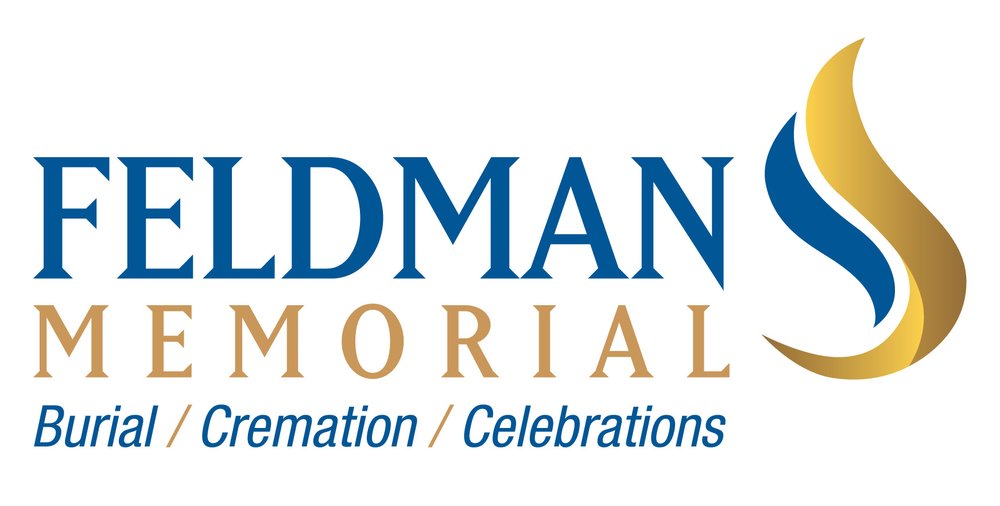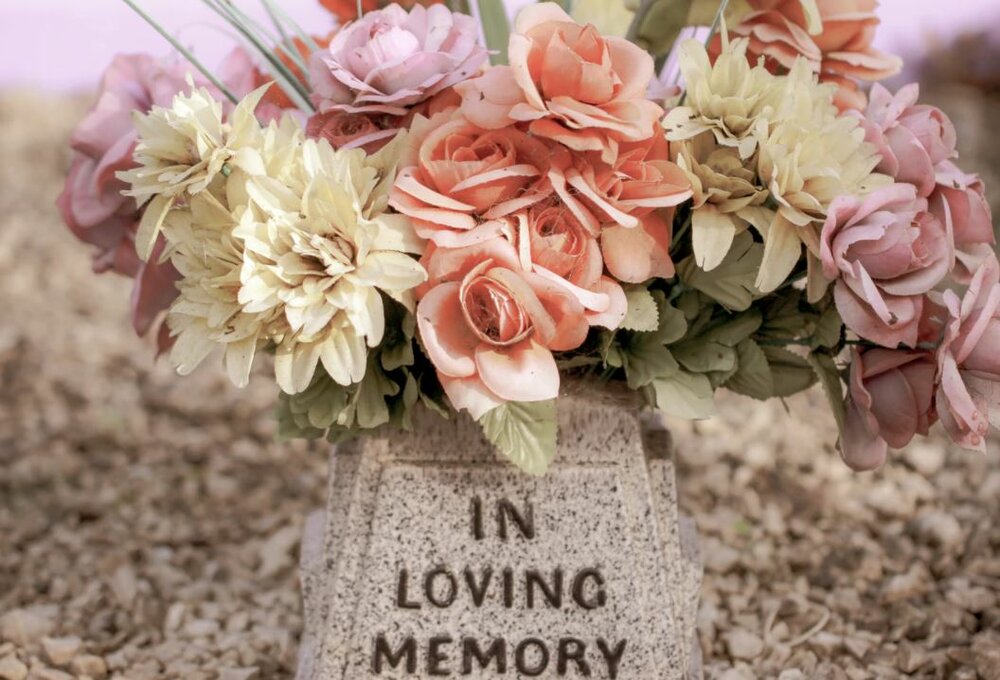
The Types of Burial
Traditional burial customs are said to date back to prehistoric times. Humans have devised a variety of rituals to commemorate the dead and ensure that their legacy lives on, one of which is burial. However, many diverse burial and funeral rituals emerged due to the blending of peoples and civilizations. The topic of how you and those closest to you would want to be remembered after your death deserves thoughtful consideration. Whether your legacy will live on through the ages largely depends on your decisions about the alternatives to burial. Funeral homes in Denver, CO may assist with funeral and burial arrangements and be a source of information and support in your time of need. Choose among the five most common memorialization and burial techniques with the help of this article.
Direct Cremation or Burial: The most cost-effective way to bury a loved one is by direct cremation, in which the corpse is burned to ashes before being deposited in an urn or other appropriate receptacle. Ashes may be scattered, buried, or placed in a columbarium, all of which are acceptable options. Direct cremation does not need extensive planning or additional expenses beyond what you can afford to pay. A single urn is usually sufficient for holding the cremated ashes of a deceased loved one. The cheapest option for burying a body in a coffin is a direct burial, in which the casket is simply placed in the ground without any prior preparation or ceremony. The primary and affordable casket, so the burial may occur as quickly as feasible.
Green Burials: One way to conduct a simple and ecologically aware burial ceremony is to wrap the body in a cotton shroud before placing it in the ground. Green funerals include using biodegradable body holders crafted from natural or recycled materials. Eco-burials, or "green funerals," refer to ceremonies that minimize their impact on the natural environment. No embalming is permitted for this sort of burial. Green burials are an option in place of either cremation or the more common practice of burying a deceased person in the ground. Although there is a wide range of green burial practices, they are far more eco-friendly than conventional ones since they need much fewer resources and omit unnecessary steps. Crucially, they could help families reduce funeral expenses.
Traditional Burials: The practice of traditional burial has spread over the world as the standard due to its long and illustrious history. There is a high likelihood that embalming will be required if you plan on holding traditional funeral rites, such as viewings and visitations at the funeral home. There can be no funeral procession to the cemetery with all the proper rituals performed until the body has been conveyed there. There are various additional options besides a straight burial or a more conventional burial. Both ground-level and cremation burials need the use of caskets for the internment procedure. Family and friends are welcome to visit a gravesite and leave flowers or other mementos as a sign of respect after a funeral or burial.
If you require further help, do not hesitate to contact any of our funeral homes in Denver, CO today.


Comments